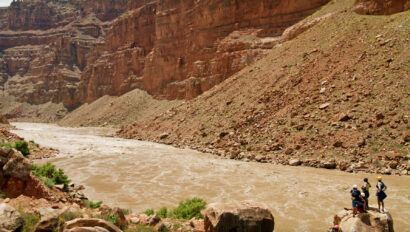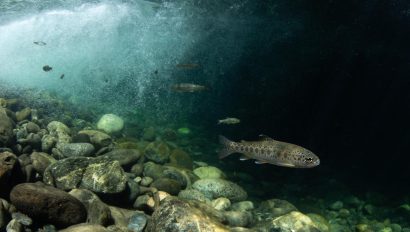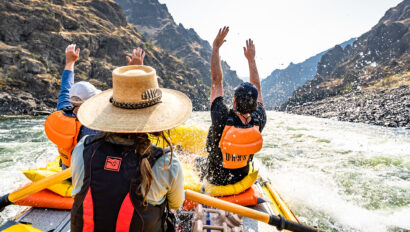Author Kevin Fedarko on Why a Grand Canyon Thru-Hike Matters…

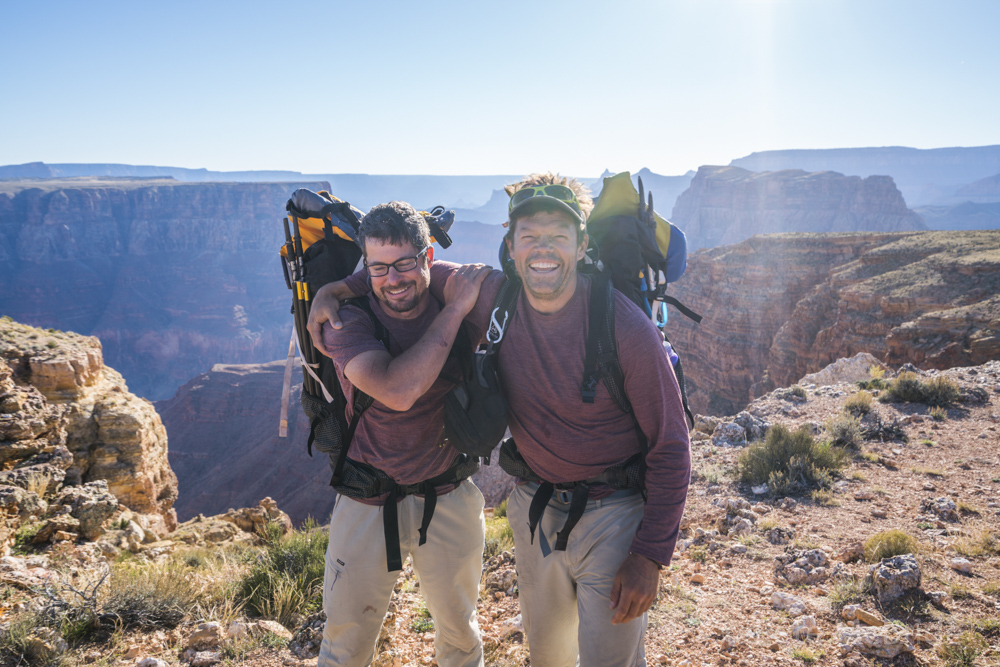
If you think anyone who would try to hike the length of the Grand Canyon—estimated at more than 750 miles—is only in it for bragging rights, think again.
In late 2015, Kevin Fedarko, author of The Emerald Mile, and National Geographic photographer Pete McBride, set out to do just that. The two journalists embarked on a sectional thru-hike of the Grand Canyon that will be completed before the end of this year if all goes according to plan. But they’re not interested in records or fame. They’re interested in showing the world what’s at stake if we don’t protect one of our greatest national treasures. With approximately 90 miles to go, I caught Kevin on the phone to talk about what prompted this crazy journey and why it matters.
You’ve spent a lot of time rafting through the Grand Canyon, but what inspired the idea to hike the length of it?
Honestly, it wasn’t my idea. The idea originated with Pete McBride. Pete and I have worked all over the world together, but Pete has a particular affinity for the Colorado River. In 2014, he came to me with this harebrained scheme that would involve walking the length of the Grand Canyon. And to be honest, I thought it was an absolutely terrible idea. And, in fact, it’s proven to be an absolute terrible idea. So I really lay 100 percent of the blame for all of this to Pete McBride [laughs].
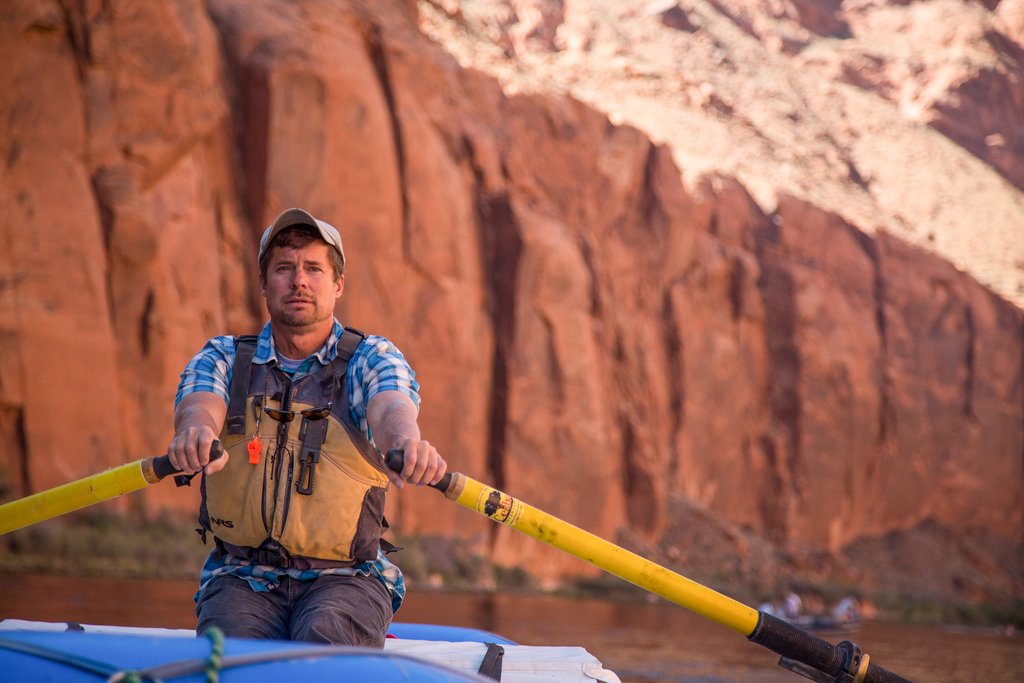
It sounds like the trip has been pretty grueling so far. Has there been a moment when you thought, “This was a mistake?”
There hasn’t been just one moment, but an entire river of moments like that. It is just so hard and physically punishing to move through a place where there are no trails, with up to 50 pounds of gear, equipment and food strapped to your back, where the consequences of a single misstep can be very severe and where the terrain itself seems to resist and scoff at the idea that a human being could pass through it with ease.
But all of that physical brutality is leavened by many, many moments of sublime beauty. That’s one of the paradoxes of moving through the canyon on foot. You’re sort of immersed in a river of pain, but you’re continuously reminded that this is a landscape drenched in beauty. I think some of the most beautiful moments are at night when you can simply lie back without having to figure out where your foot is going to be placed next. You can lie back and look up, and there’s no light pollution out there, so the stars seem to glow with an intensity and a ferocity unlike any other place I’ve ever been. The heavens are drenched in this celestial ribbon of starlight.
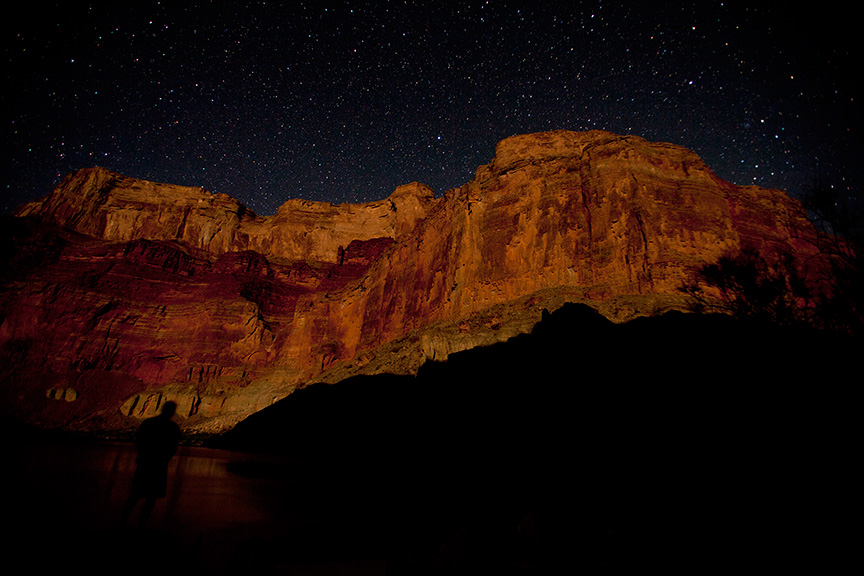
You’ve said in other interviews that this isn’t about bragging rights, why are you really making this trek?
The really only important element for us, which was an instrumental part of Pete’s ability to convince me to do this in the first place, was the idea that a journey like this, on foot, would offer the best way for two journalists to not only get a sense of the secrets and less heralded treasures that the canyon contains, but also we felt, would offer the best way to gauge and measure the impact of a number of commercial developments that are poised to do irreparable harm to the integrity of one of the most iconic and beloved landscapes in America.
Can you elaborate on some of those developments?
Well, they’re all incredibly disturbing. And they literally wring the canyon from every point.
On the eastern rim of the Grand Canyon you have a group of developers from Scottsdale and Phoenix, Arizona who are working together with the Navajo Nation to put in a motorized gondola system from the rim of the canyon all the way to the bottom, where they will erect a raised set of metal walkways that include what’s been described as a food emporium. This tramway system will be capable of delivering 10,000 people per day down to a place that many river runners know and hold dear to their heart—the confluence of the Little Colorado. This is an area that rarely sees a few dozen people on any given day of the summer and even fewer in the winter.
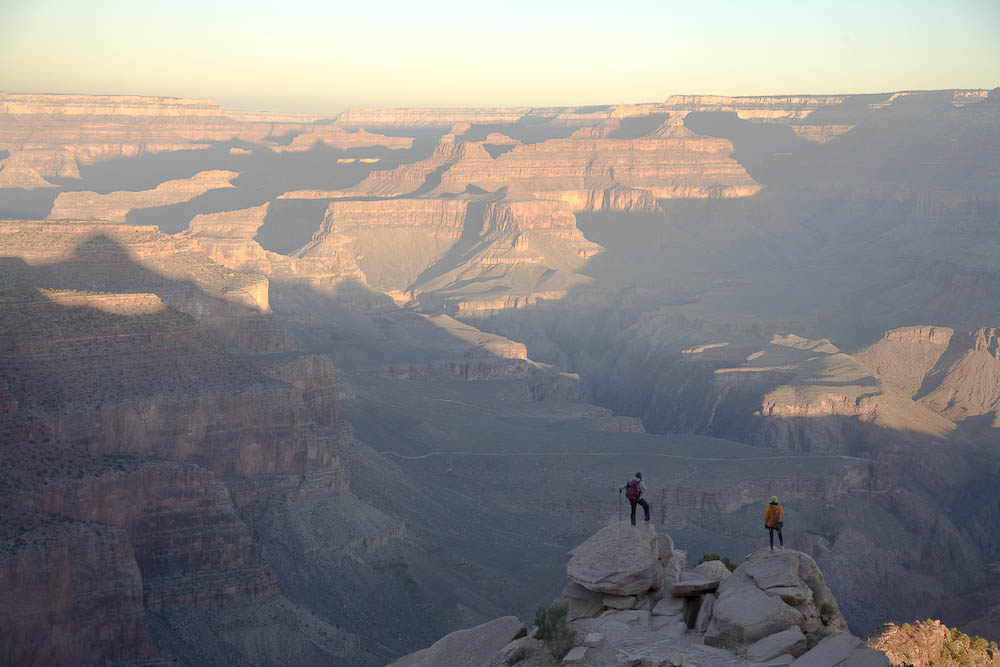
On the south rim there’s an effort to radically expand the town of Tusayan, which sits directly adjacent to the park headquarters and serves as the gateway for most of the 5.5 million visitors who come to the Grand Canyon each year. An Italian real estate corporation by the name of Stilo envisions expanding Tusayan—putting more than 3 million square feet of commercial space, 2,200 new homes, shopping malls, hotels, a dude ranch, an entertainment pavilion on the arid south rim of the Grand Canyon. All of this would draw even more people to a park that simply doesn’t have the infrastructure to handle it.
All the way out on the west, the Hualapai, whose reservation abuts the rim of the canyon in its western most reaches, have partnered up with a number of very large and successful air tour operators. They are bringing up to 1 million visitors per year, primarily from Las Vegas, and have flooded western Grand Canyon with hundreds of helicopter flights per day. These helicopters are flying through the river corridor, and in many cases they’re flying directly over the park itself. They are shattering the tranquility and purity of the landscape and there’s no end in sight for growth.
And then finally, on both the North Rim and South Rim, there are a number of uranium mines. Some of them are inactive, but at least one of them is active. These mines threaten to harm the integrity of the aquifers that drive the springs inside a certain section of the South Rim, and in the case of the North Rim, they offer the potential for radioactive contaminated water seeping through layers of rock and ultimately reaching the canyon.
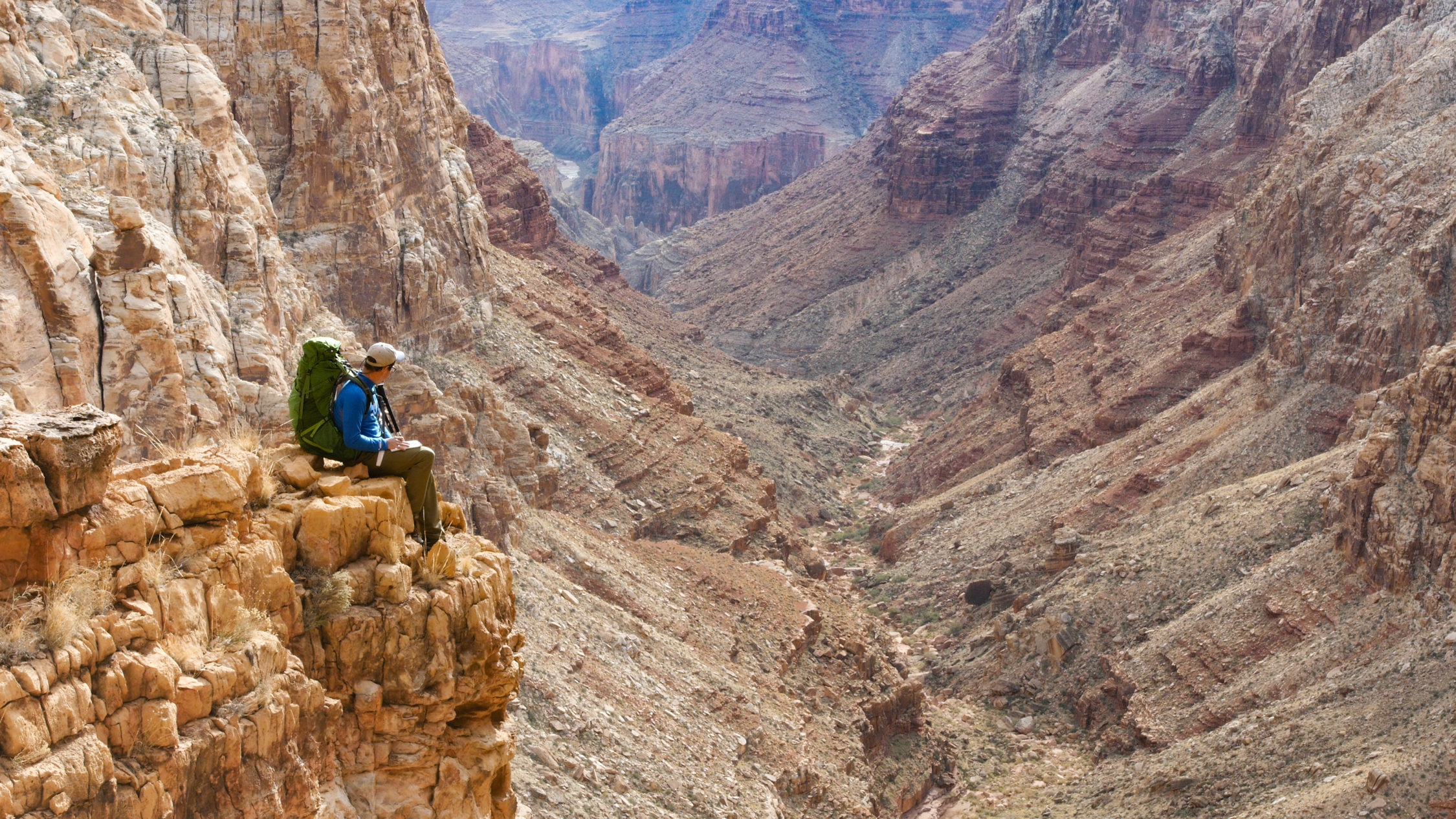
Why should people care about what’s going on there right now?
Well, among many reasons, this is the crown jewel of the National Park System. And because of that, what happens inside the Grand Canyon matters enormously. Everything that happens within this landscape—the good, the bad or indifferent—tends to reverberate throughout the entire National Park System, and also I would argue, throughout the entire public lands system of the United States. So it offers kind of a bellwether—a bellwether of success or failure in terms of our effort as Americans to do what we’re required to do by the National Park Service mandate. The organic act that created the Park Service itself 100 years ago this year, in 1916, it creates a kind of covenant between each generation of Americans. We’re all required to protect these lands and preserve them, not only for our enjoyment but for the enjoyment of future generations of Americans. And Grand Canyon, more than any other place, offers a gauge and a litmus test for how well or how poorly we are holding up that covenant. That, more than anything else, is why I think it matters.
Photos: Kevin Fedarko & Pete McBride on the rim of the Grand Canyon – Pete McBride; Kevin Fedarko rowing in the Grand Canyon – Q Martin, Grand Canyon stars – Justin Bailie, Grand Canyon hikers – James Kaiser; Kevin Fedarko in The World Beneath the Rims – Q Martin
Related Posts
Sign up for Our Newsletter

